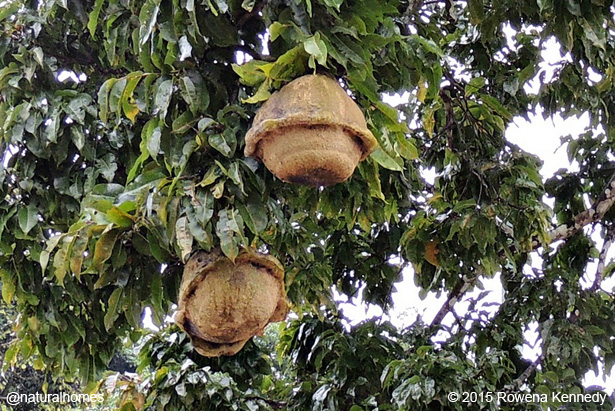| |
|
|
|
Brazil Nut, 2 or 3 a day for all your selenium needs.
|
|
|
|
|
 |
|
|
|
| |
|
The brazil nut tree (Bertholletia excelsa) is native to the
Guianas, Venezuela, Brazil, Colombia, Peru and Bolivia. There
are about 20 to 30 seeds inside the large round brazil nut pod
which weighs about 2.5kg (5lb). The large woody pod bursts
open when the seeds are ripe. The remaining hollowed out pods
still hanging on the tree often attract nesting birds.
|
|
|
|
|
|
|
|
|
|
|
Brazil nuts have massive levels of the mineral Selenium at
1917μg per 100g of nuts. 3g (about 2 nuts) of brazil nut provides you with the recommended daily amount (55μg RDA). Selenium is
required for the body’s antioxidant defence system. The UK's national health service advises that
too much selenium
can cause selenosis, a condition that in its mildest form can lead to loss of
hair, skin and nails. They recommend that you should not eat more
than 350μg per day, that's 18g (about 12 nuts) of brazil nut.
|
|
|
|
|
|
|
|
|
|
|
The paradise nut (lecythis
ollaria), a relative of the brazil nut, has even higher levels of selenium,
about 25 times that of the brazil nut making it easy to overdose on selenium. Among the nuts, brazil nuts are relatively high in calcium
160mg/100g, highest in Magnesium at 376mg/100g although some seeds are higher
like pumpkin seed at 592mg/100g. Because the brazil nut is so full of oil it can burn like a candle.
|
|
 |
|
|
|
|
|
|
|
|
|
|